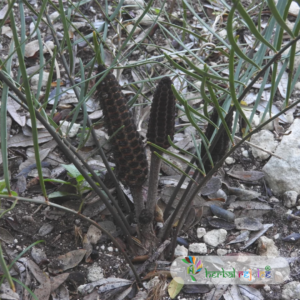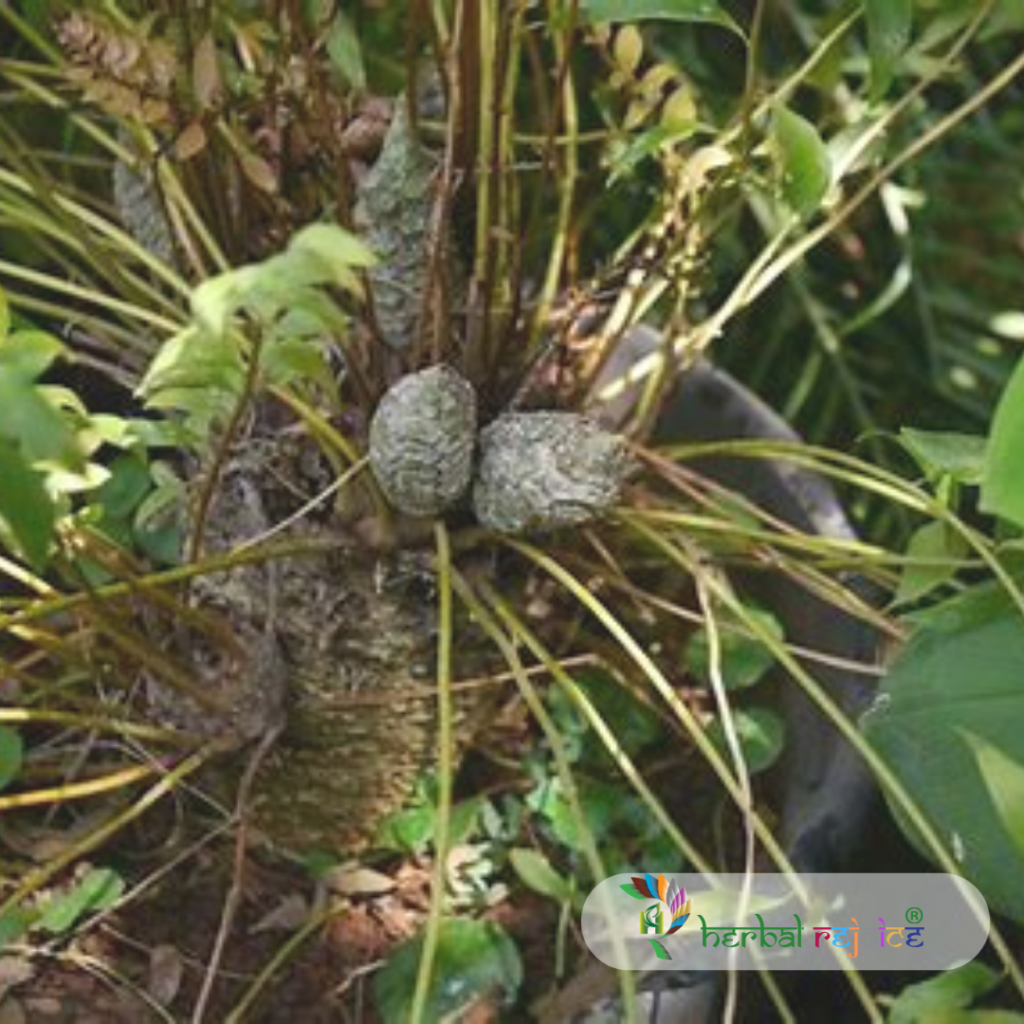Introduction
Zamia angustifolia, also known as Jacq. Family Cycadaceae, is a plant native to tropical and sub-tropical regions of America. It has also been introduced into Indian gardens, where it has gained popularity for its unique characteristics. This article will explore the various features of Zamia angustifolia and its potential uses.
Chemical Constituents
One of the notable aspects of Zamia angustifolia is its toxic nature. The plant contains compounds such as bilobetin, ginkgetin, and sciadopitysin, which have been isolated from the leaves of Ginkgo biloba Linn. It is interesting to note that Ginkgo extract is commonly used for cerebral insufficiency and for improving mental performance in geriatric patients.

These compounds, along with other flavone compounds like amentoflavone, sequoiaflavone, and their derivatives, contribute to the toxic properties of Zamia angustifolia.
Insecticidal properties
Additionally, Zamia angustifolia has been found to possess insecticidal properties. This makes it a valuable asset in gardens and agricultural settings, as it can help protect plants from harmful insects and pests. By incorporating Zamia angustifolia into garden landscapes, gardeners can create a natural deterrent against unwanted insects.
The introduction of Zamia angustifolia into Indian gardens has proven to be a successful venture. Its distinct features and potential benefits have made it a sought-after plant for both ornamental and practical purposes. With its toxic and insecticidal properties, it serves as a multifunctional plant that enhances the aesthetics of a garden while also providing natural protection against pests.
Conclusion
In conclusion, Zamia angustifolia Jacq. Family Cycadaceae is a fascinating plant that offers both toxic and insecticidal properties. Its leaves contain various compounds that contribute to its toxic nature, including bilobetin, ginkgetin, and sciadopitysin. It also possesses insecticidal properties, making it a valuable asset in gardens and agricultural settings. The introduction of Zamia angustifolia into Indian gardens has been met with great success, as it offers a unique and beneficial addition to any landscape. By incorporating this plant into garden designs, individuals can enjoy its aesthetic appeal while also benefitting from its natural protection against pests.


